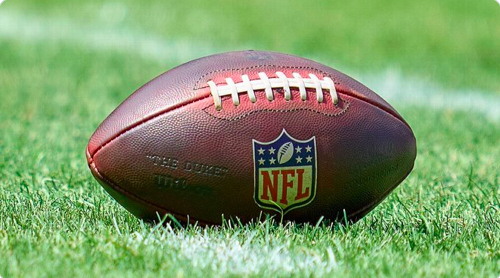The Chronicle released an investigative report citing several examples of head coaches at major programs overruling medical professionals on issues like concussions. Over 100 trainers and medical staff were polled with nearly half reporting some type of influence or pressure to comply with coaches rather than heed medical advice. Several lost jobs and a some feel the burden of job security.
"Too many medical decisions are made by individuals outside of the medical profession," wrote one athletic trainer in the Mid-American Conference. Others told of coaches' steering players to outside medical providers who rubber-stamp their calls.
Two former athletic trainers in the Pac-12 Conference described how they had lost their jobs after clashing with coaches over concussion treatment.
"It was scary," said one trainer, who left a prominent California university over the conflict. "It was uncomfortably close to infringing on the medical well-being of the athlete."
The column goes on to cite specific examples at four major universities: Temple, Florida, Texas Tech and Western Kentucky. Naturally, Bobby Petrino was heavily involved.
Things boiled over, Mr. Cobble says, after a doctor ordered surgery for an injured player. When Mr. Cobble shared the news with Coach Petrino, he says the coach suggested treating the injury with cortisone. The player got a second opinion but ultimately had the surgery. (Through a spokesperson, Mr. Petrino declined to comment.)
In early April, e-mails between Mr. Cobble and Andy Wagner, director of football operations, which The Chronicle obtained through a records request, describe communication problems among players and staff. A few weeks later, Mr. Cobble was called into a meeting with Mr. Edwards, his supervisor, and Todd Stewart, the athletic director, to discuss his future with the program. He was subsequently fired.
He wishes that Mr. Stewart, who would not comment on a personnel matter, had done more to stand up for him.
"He had a choice," Mr. Cobble says, "and truthfully, I think he went with the million-dollar deal instead of what's right."
Ultimately, these examples are not concrete and do not paint the picture of a widespread problem in college football. However, these issues do exist and must be dealt with accordingly by the NCAA. In the spate of public support for the health and well-being of athletes, the NCAA would be wise to address player safety at it's root to generate some good will that it actually does care about it's players.

